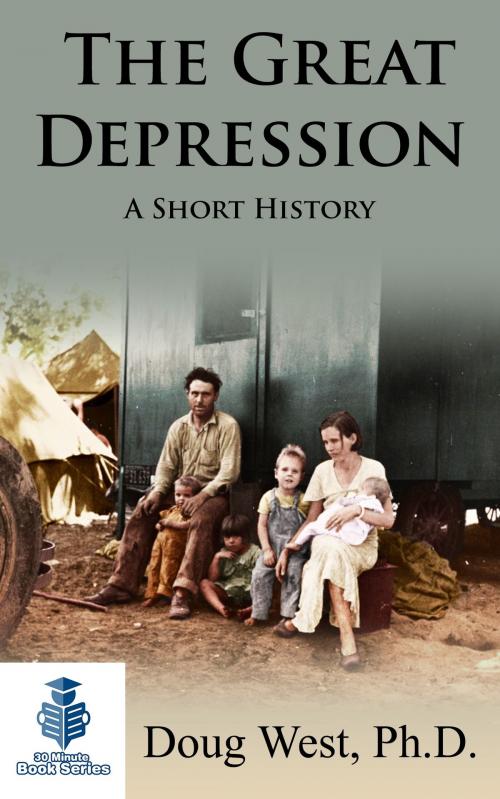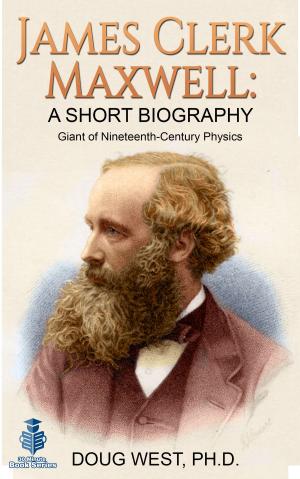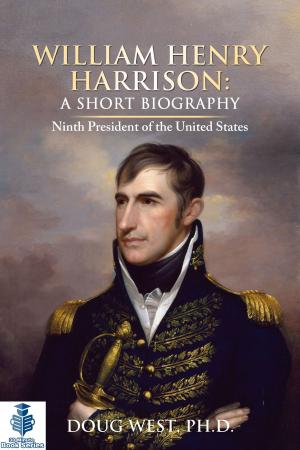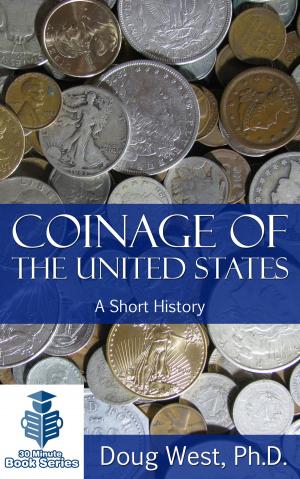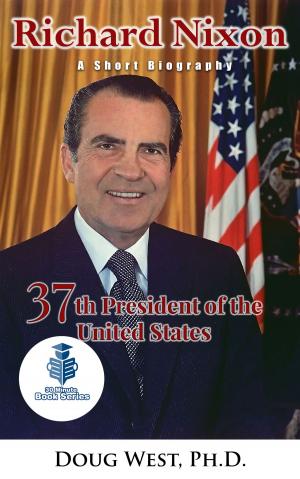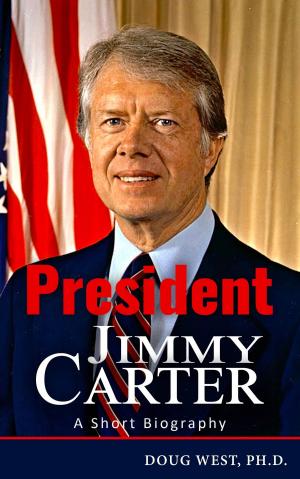The Great Depression: A Short History
Business & Finance, Economics, Economic History, Nonfiction, History, Americas| Author: | Doug West | ISBN: | 9781311135582 |
| Publisher: | Doug West | Publication: | February 16, 2016 |
| Imprint: | Smashwords Edition | Language: | English |
| Author: | Doug West |
| ISBN: | 9781311135582 |
| Publisher: | Doug West |
| Publication: | February 16, 2016 |
| Imprint: | Smashwords Edition |
| Language: | English |
There are many theories about what caused the Great Depression, and the truth is that there is no simple answer. Rather, a perfect storm of events came together and changed the lives of millions of people. One of the first signs of this dark period was the stock market crash in October 1929. In the aftermath, the country fell into the Great Depression, the longest and most significant economic depression since the Civil War.
Through most of the 1920s, the United States economy was growing, and the stock market had reached new highs. People were making money in the stock market and having a grand time, so much so that few noticed the dark clouds forming on the horizon. By the end of the decade, industrial production had begun to decline, while unemployment was steadily rising.
Stock market prices were plummeting from their peak in September 1929, and sales reached a crescendo in late October. On October 29, over sixteen million shares were traded in just one day. Billions of dollars were lost, with thousands of investors wiped out, and stock tickers were running hours behind because they were simply unequipped to manage this unprecedented amount of trading. The crash was not the only cause of the Great Depression, but it was certainly a symptom of a larger set of problems.
Earlier in 1929, Herbert Hoover won the presidency under a wealth and prosperity platform. He made several unsuccessful attempts to prevent the economy from weakening during his administration. Despite his best efforts, banks continued to fail, and more Americans entered the ranks of unemployment. No one understood the extent of this economic downturn.
But the election of 1932 brought Democrat Franklin D. Roosevelt into the White House by a landslide. Roosevelt wasted no time, proposing extensive legislation called the New Deal to create new jobs, revitalize the banks, and give hope to the American people. Some of the New Deal programs were successful, while other fell short; but by the end of the 1930s, things had finally begun to improve. However, it would take the massive spending required during World War II for the economy to return to where it was a decade before.
Read about this tumultuous period in American history by purchasing the book The Great Depression – A Short History.
There are many theories about what caused the Great Depression, and the truth is that there is no simple answer. Rather, a perfect storm of events came together and changed the lives of millions of people. One of the first signs of this dark period was the stock market crash in October 1929. In the aftermath, the country fell into the Great Depression, the longest and most significant economic depression since the Civil War.
Through most of the 1920s, the United States economy was growing, and the stock market had reached new highs. People were making money in the stock market and having a grand time, so much so that few noticed the dark clouds forming on the horizon. By the end of the decade, industrial production had begun to decline, while unemployment was steadily rising.
Stock market prices were plummeting from their peak in September 1929, and sales reached a crescendo in late October. On October 29, over sixteen million shares were traded in just one day. Billions of dollars were lost, with thousands of investors wiped out, and stock tickers were running hours behind because they were simply unequipped to manage this unprecedented amount of trading. The crash was not the only cause of the Great Depression, but it was certainly a symptom of a larger set of problems.
Earlier in 1929, Herbert Hoover won the presidency under a wealth and prosperity platform. He made several unsuccessful attempts to prevent the economy from weakening during his administration. Despite his best efforts, banks continued to fail, and more Americans entered the ranks of unemployment. No one understood the extent of this economic downturn.
But the election of 1932 brought Democrat Franklin D. Roosevelt into the White House by a landslide. Roosevelt wasted no time, proposing extensive legislation called the New Deal to create new jobs, revitalize the banks, and give hope to the American people. Some of the New Deal programs were successful, while other fell short; but by the end of the 1930s, things had finally begun to improve. However, it would take the massive spending required during World War II for the economy to return to where it was a decade before.
Read about this tumultuous period in American history by purchasing the book The Great Depression – A Short History.
